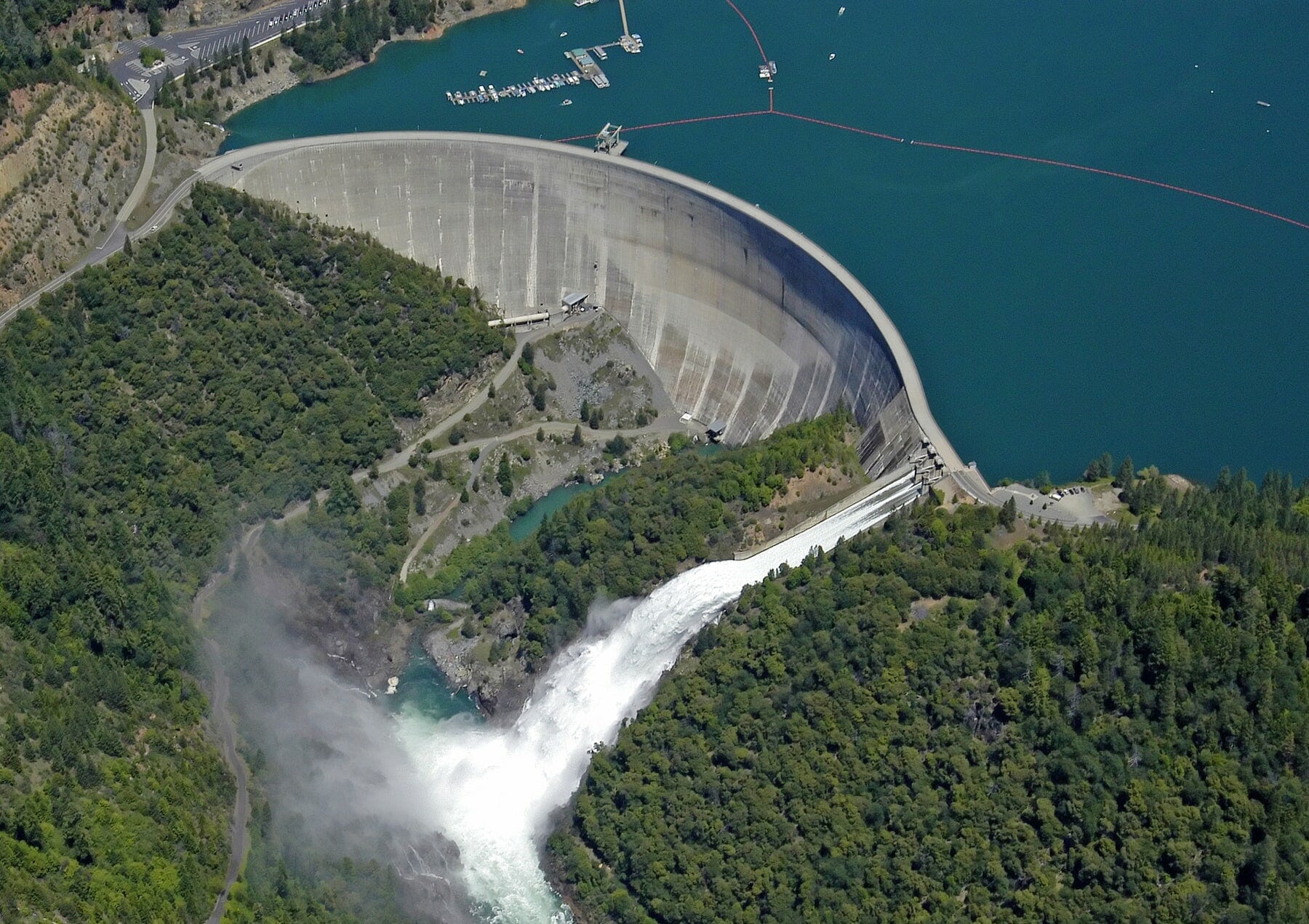
Managing a reservoir is a delicate balancing act. If you keep too much water, there may not be enough storage capacity when heavy rains hit, increasing the risk for catastrophic flooding. If you release too much water, there won’t be enough to supply nearby residents who depend upon the reservoir for their survival.
For decades, this process has been guided by water control manuals that dictate when to retain and when to release based on ground conditions. But a new research and operations partnership called Forecast-Informed Reservoir Operations (FIRO) uses modern weather and streamflow forecasting to better inform water management decisions. As climate change threatens to bring more extreme floods and droughts, FIRO allows water managers to be as precise and efficient as possible in carefully balancing flood risk management, water supply and environmental needs.
On the latest episode of the Power of ERDC podcast, we talk with two leaders of the FIRO effort – Dr. Cary Talbot and Dr. Marty Ralph. Talbot is a division chief at ERDC’s Coastal and Hydraulics Laboratory and FIRO program manager for the U.S. Army Corps of Engineers. Ralph is director of the Center for Western Weather and Water Extremes at the University of California San Diego’s Scripps Institution of Oceanography.
We talk about atmospheric rivers (4:19) and how better water management in the West depends on better understanding these unique storms (8:00), how the FIRO effort has improved weather forecasting skill in the West (6:53) and the nation (11:11), and how these improved forecasts will enable better water management (18:11).
We also discuss how ERDC came to be involved in FIRO (13:01), how the effort has been strengthened by its many partnerships (19:42), and efforts to expand this methodology throughout the nation (31:03).
Visit https://www.PowerofERDCPodcast.org for more information.
Podcast: Play in new window | Download




Recent Comments